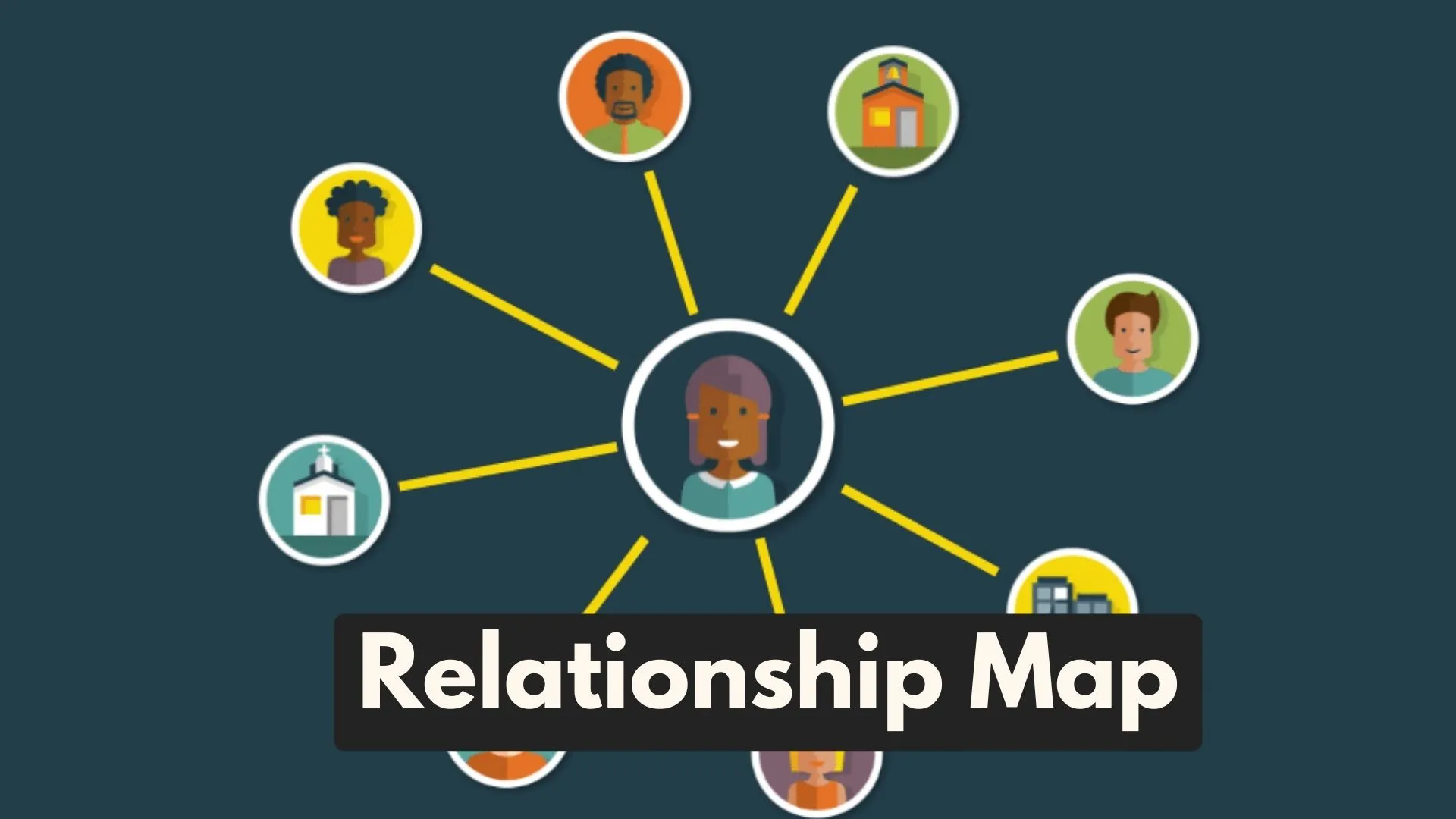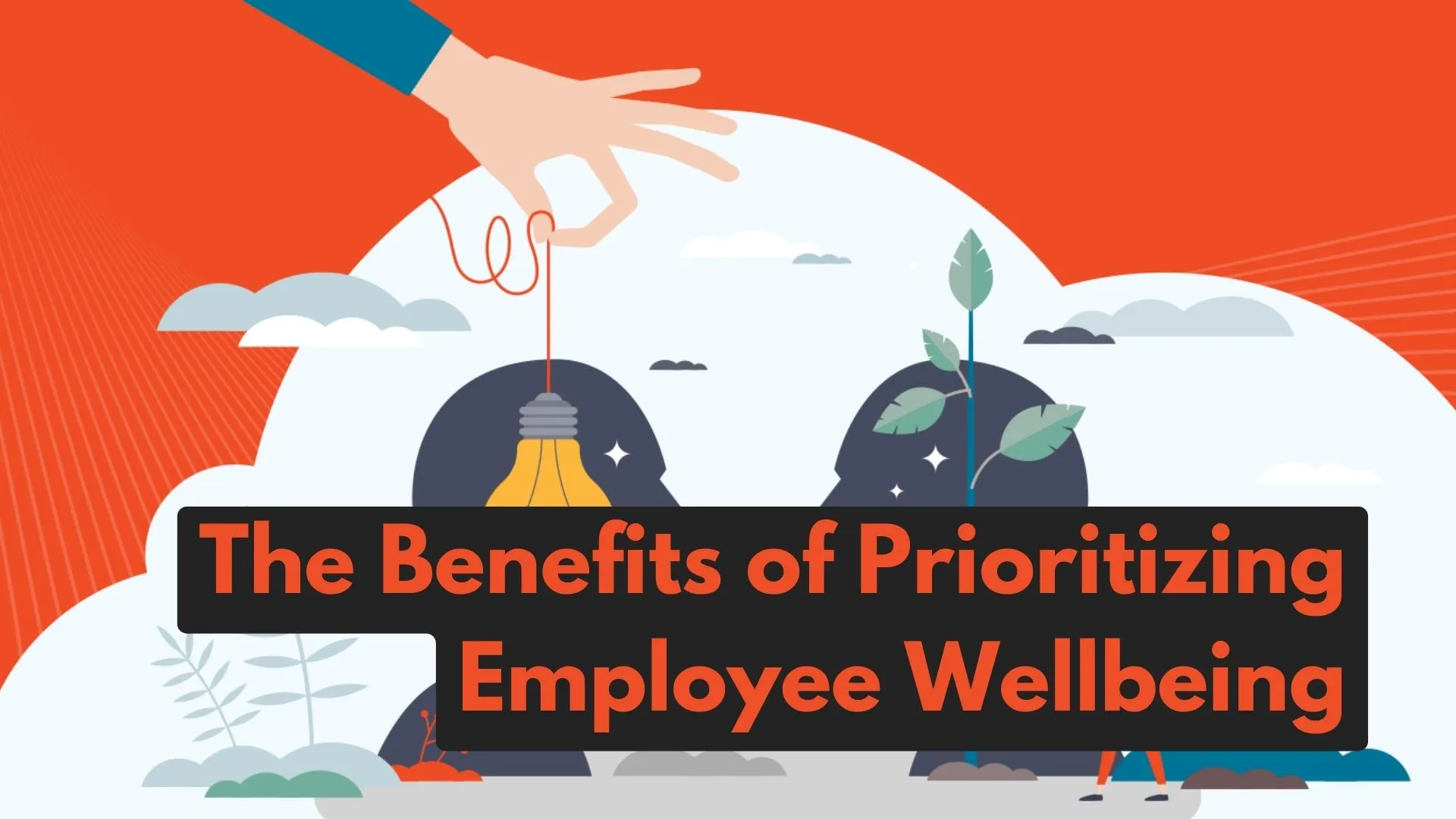Understanding and managing relationships has never been more essential. Various tools and strategies are being utilized by industries to enhance their understanding of relationships, among which the use of a relationship map stands out.
But what exactly is a relationship map? It’s a strategic tool that visually illustrates and manages relationships between entities. Keep reading to explore more about how you can implement it and the numerous benefits it offers to your business.
Understanding the Concept of a Relationship Map

A relationship map, in the context of business, is a visual tool that enables organizations to identify, understand, and communicate the dynamics of relationships. It can provide a comprehensive view of the relationship landscape, highlighting the interactions between different stakeholders.
Just like a geographical roadmap that helps you navigate through unfamiliar terrains, likewise, a relationship map guides an organization through its complex network of relationships. It represents the links between individuals, teams, and departments within an organization, as well as relationships with external stakeholders.
Modern businesses value the importance of relationships as a key to success. The concept of relationship mapping is based on this very principle. To gain deeper insights into what is a relationship map and how it operates, it’s crucial to break down its components.
By offering valuable insights into the proximity, connections, and associations within an organization’s network, a relationship map can significantly enhance decision-making and strategic planning.
Also Read: Strategies For Thriving in eCommerce Business
Breaking Down the Components of a Relationship Map in Business
There are several fundamental components of a relationship map in business. These components may differ based on an organization’s specific objectives and needs. However, generally, they include entities, links, and attributes. Entities are individuals, teams, or organizations, whereas links represent the relationship between entities.
Attributes, on the other hand, provide more depth to the relationships, illustrating characteristics like the strength of the bond, the duration, the nature of interaction, etc. The holistic view of these components helps in understanding the nuances of an organization’s relationship dynamics.
Importantly, a relationship map is not a static entity; it evolves with the changing dynamics of relationships. Updating the map regularly can ensure it continues to provide valuable, current insights into relationships in a business.
In a complex business world, being aware of these components and understanding their interaction can equip businesses to leverage the power of relationships to their advantage.
Advantages of Implementing a Relationship Map for Your Business

There are several potential benefits of implementing a relationship map in your business. Firstly, it offers a visual representation of relationships, allowing for a clear and immediate understanding. This clarity can enhance communication and collaboration across the board.
Secondly, a relationship map can enable deeper insights into the dynamics of relationships, including potential problems or gaps. This can allow for proactive management and resolution of issues before they escalate.
Thirdly, leveraging a relationship map can enhance strategic planning. With a clear understanding of the current relationship landscape, businesses can make better-informed decisions about future directions.
Lastly, a relationship map can facilitate relationship growth and development over time. With regular updates, businesses can track changes in relationships and respond accordingly.
Also Read: Why Presentation Folders are Beneficial to Your Business?
Step-by-Step Guide to Creating an Efficient Relationship Map
The process of creating a relationship map can be broken down into several key steps. Beginning with identifying the purpose of the map, followed by deciding on the entities and relationships to be included. The next steps involve the collection of relevant data and the actual creation of the map.
Here, the data used to create the map must be accurate and up-to-date to ensure the map’s relevance and usefulness. Once the map has been created, it should be regularly updated and adjusted as relationships change over time.
Relying on business intelligence tools and technologies can simplify the mapping process by automating data collection and analysis, thereby ensuring accuracy and efficiency.
Overall, the creation of a relationship map requires thoughtful planning, data collection, and analysis. Yet, with these steps intact, it could become a game-changer in how your business perceives its relational dynamics.
Overall, relationship mapping stands out as a powerful tool for businesses to understand and manage relationships. Through visual representation, it offers insights that can drive business success. Altogether, understanding the concept, implementing it, and debunking the myths associated with it, will help companies leverage the power of relationships in their strategic planning.


Leave a Reply